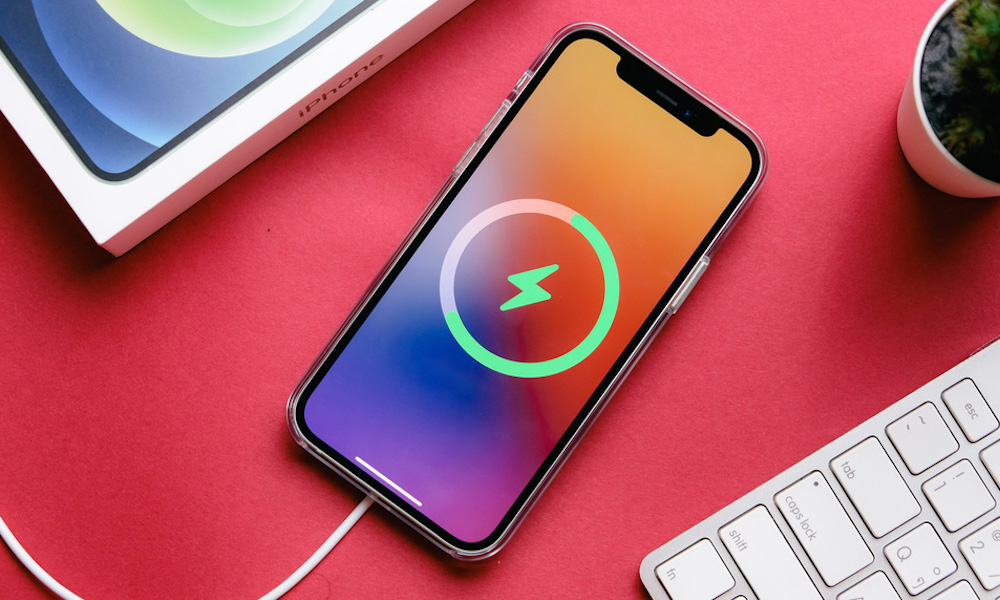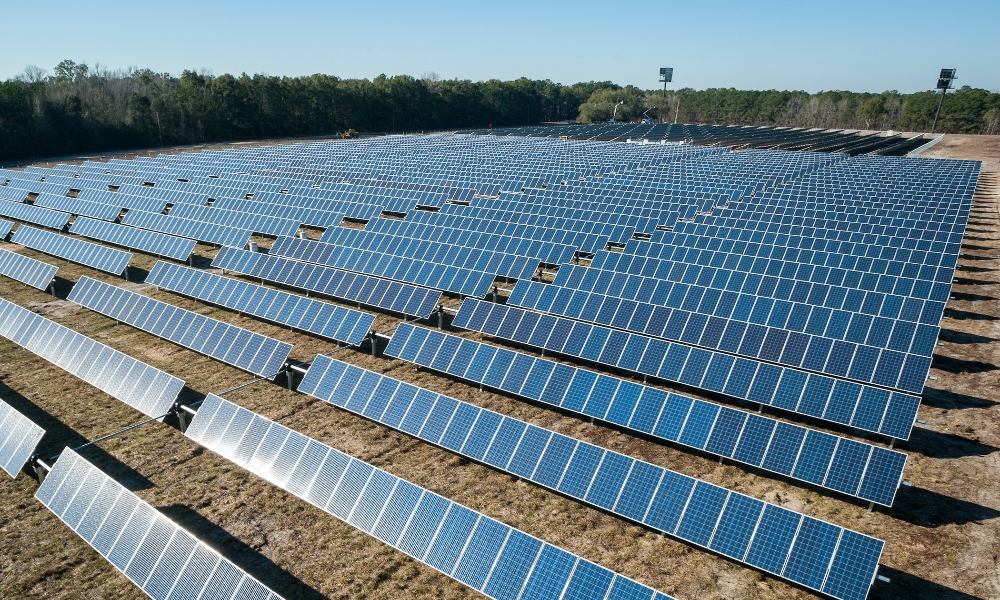What is ‘Clean Energy Charging’ in iOS 16 (and Why You Should Care)
 Credit: Framesira / Shutterstock
Credit: Framesira / Shutterstock
Toggle Dark Mode
There’s little doubt that Apple is a company that cares quite a bit about its environmental impact. While it still has a long road ahead, it’s been moving as quickly as it can toward using clean and renewable energy throughout its supply chain, and it’s aiming to make all of its products with “net zero carbon impact” by 2030.
With all those efforts toward environmentally friendly energy use within its own facilities and supply chain, it makes sense that the company also wants to promote environmental responsibility in how its customers use its products.
Some of those moves have been controversial, such as Apple’s decision to remove the EarPods and USB charger from its iPhone packaging, while others have flown largely under the radar, such as the way MagSafe increases wireless charging efficiency, thereby reducing waste.
More recently, Apple has provided a more visible way for you to reduce your carbon footprint in the form of a new Clean Energy Charging feature. Introduced in iOS 16.1, this is on by default for iPhone users in the U.S.; here’s how it works.
What is Clean Energy Charging?
Clean Energy Charging is a variation of Apple’s optimized battery charging feature that was introduced in iOS 13. It uses the same principle of regulating how your iPhone is charged, just with a different goal in mind.
Optimized battery charging is all about extending your battery’s life by avoiding putting needless stress on it. Instead of charging your iPhone up to 100% as soon as possible, optimized battery charging defers that last 20% charge until right before you really need it.
For example, if you start charging your iPhone when you go to bed at 10 p.m., it will charge up to 80% by 11 p.m. and then maintain that charge level until the wee hours of the morning, topping your iPhone off shortly before you wake up. Since lithium-ion batteries experience more stress when they’re kept at a full charge, this reduces the wear on your battery, thereby increasing its life span.
This also provides a small bonus for the environment since it requires more energy to top up the last 20 percent of your battery and maintain that full charge. The energy saved is negligible, although with hundreds of millions of iPhones charging every night, it does add up.
Somewhere along the way, Apple’s engineers realized they could take those optimized charging algorithms and apply them in even more environmentally friendly ways, and Clean Energy Charging was born. Here’s how Apple explains the feature:
When Clean Energy Charging is enabled and you connect your iPhone to a charger, your iPhone gets a forecast of the carbon emissions in your local energy grid and uses it to charge your iPhone during times of cleaner energy production.Apple
In practical terms, this typically means that your iPhone will prefer to charge during off-peak times for your local electrical grid, as that’s when the grid tends to rely on cleaner energy sources.
However, the key word here is “prefer.” The Clean Energy Charging feature won’t refuse to charge your iPhone when clean energy sources are unavailable. In fact, like optimized battery charging, iOS 16 will continue to learn your usage patterns to ensure that your phone has a full charge whenever you need it. If that means using so-called “dirty” energy to make sure you’re ready to head out the door for your next meeting, then so be it.
In other words, having Clean Energy Charging enabled simply means that, all other things being equal, your iPhone will defer charging until it can use cleaner energy sources. If you’ve just come home after a long day and your iPhone is going to sit on its MagSafe charger until morning, there’s no harm in waiting until a more environmentally friendly off-peak time to start charging. However, if you regularly head out after dinner, iOS will recognize that and ensure you have a full charge regardless of what the carbon emissions forecast says.
Clean Energy Charging is currently only available in the United States, but it’s on by default in that region as long as you’re running iOS 16.1 or later. However, you can opt out if you like; the option is in the Settings app under Battery > Battery Health & Charging.
The feature also requires that Location Services be enabled on your iPhone, including the Significant Locations feature. That’s because Clean Energy Charging needs to know where you spend most of your time before deciding whether it’s safe to delay charging your iPhone. It won’t kick in if you’re plugging in at your local Starbucks — at least not unless you spend several hours there every day.









